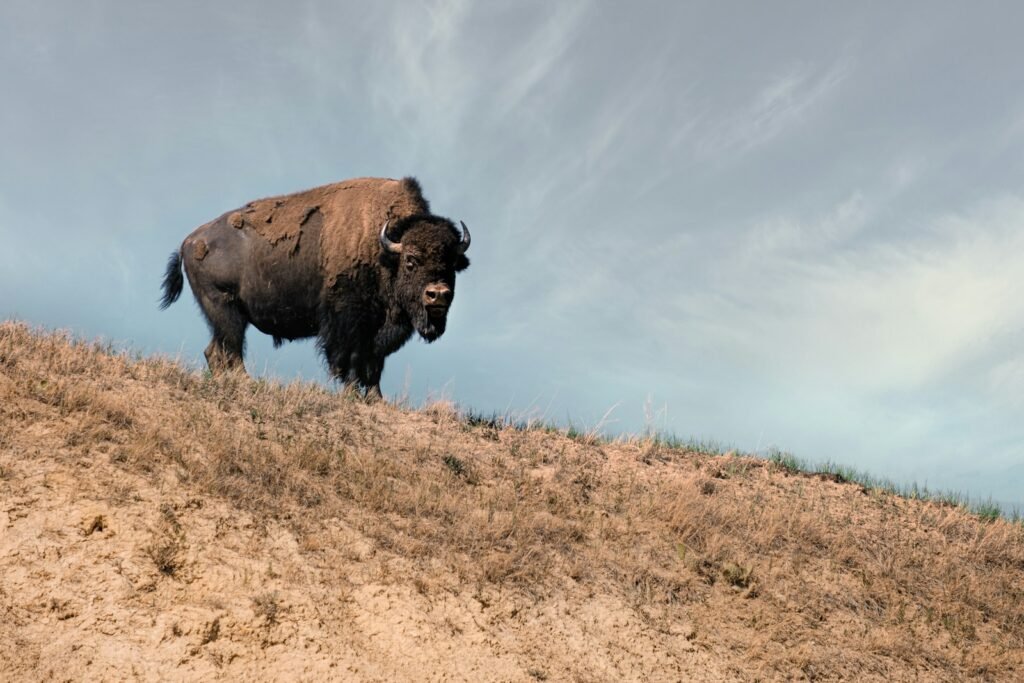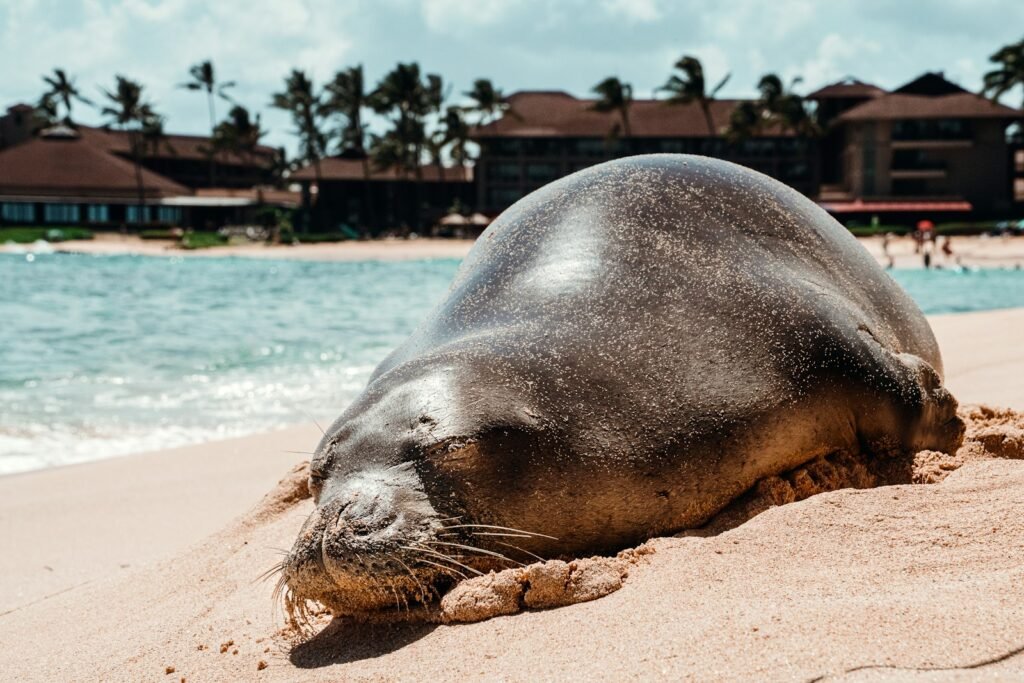On a wind-scoured ridge in Badlands National Park, the ground trembles before you ever see the herd. For decades, this prairie’s biggest engineer was largely missing, and the land bore the silence like a scar. Now bison are back in force, and is answering with color, movement, and the kind of ecological drama scientists love to measure. The story is simple but not easy: restore a keystone species and watch a whole system reboot. What’s unfolding in the Badlands is a living experiment in how large grazers reshape landscapes – and how people, science, and tradition can steer that change toward a wilder, more resilient future.
The Hidden Clues
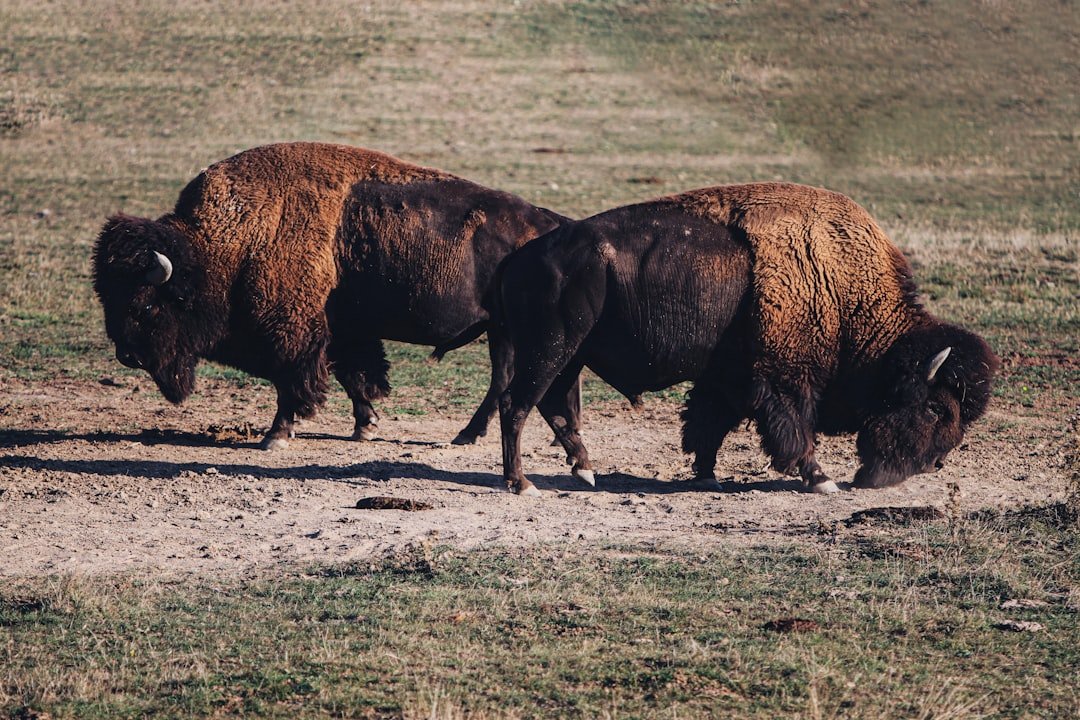
What if the most convincing evidence that is healing isn’t a graph, but a shallow bowl in the dust? Fresh bison wallows – those broad, scooped-out basins – hold rainwater just long enough to spark tiny wetlands, coaxing annuals and insects to bloom in a place that looks like it should only make thorns. The edges of those wallows often turn into rings of unusual plant diversity, like a neon outline on a topographic map. Walk a little farther and you’ll find clipped “grazing lawns,” cropped low by heavy mouths, where tender forbs push through and pollinators crowd in like a street fair.
I remember trailing a ribbon of hoofprints that vanished into sage and came back again as if the herd had stitched a seam across the hills. Those tracks weren’t random; they funneled nutrients, disturbed crusts, and invited seeds to hitchhike in. You can read ’s pulse in these marks – signatures of movement that loosen the grip of sameness. The bison don’t just live here; they compose the place, one thunderous stanza at a time.
From Ancient Tools to Modern Science
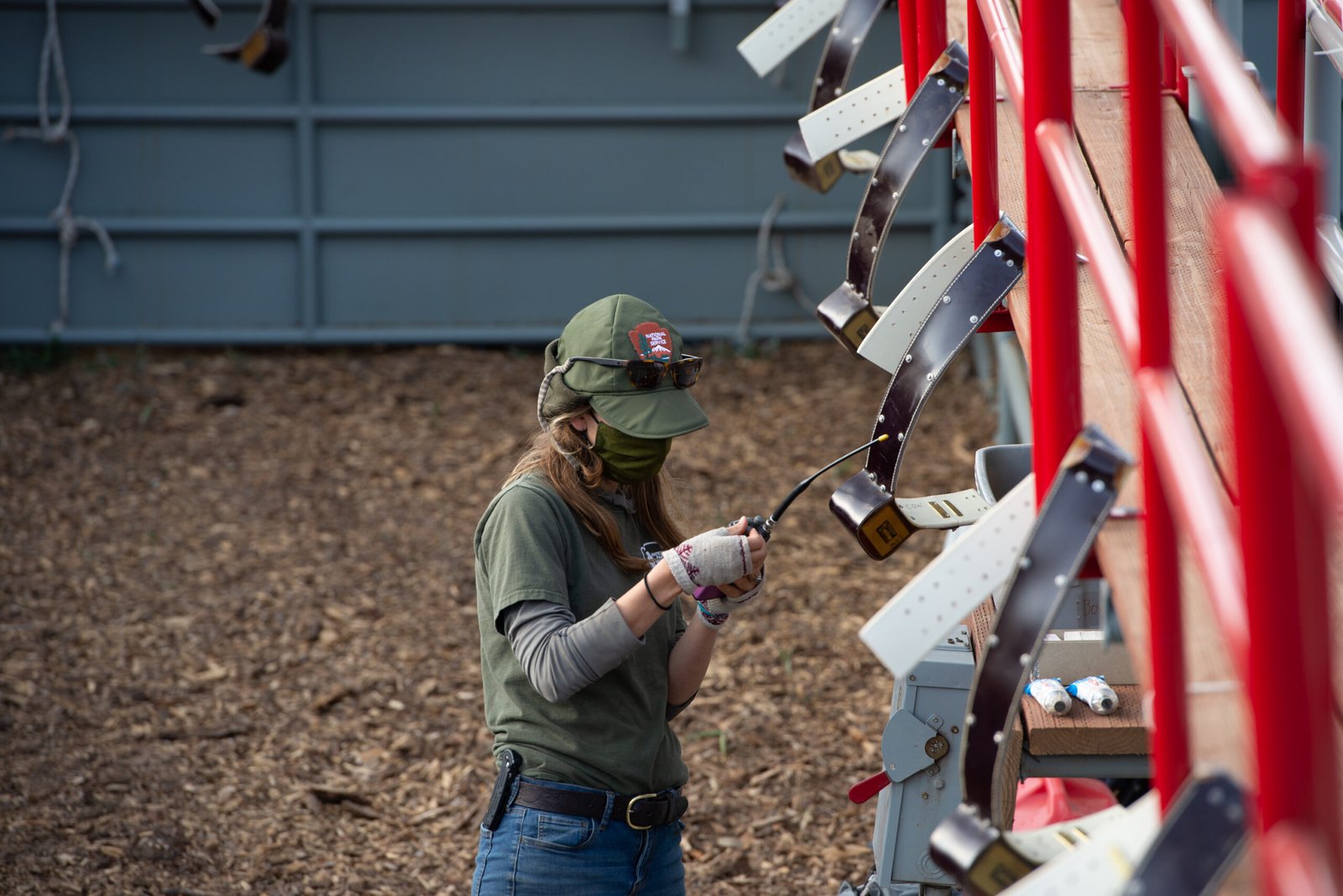
Indigenous nations across the Plains have known for generations that bison are more than meat; they are land managers embedded in ceremony, story, and seasonal rhythm. That understanding now intersects with GPS collars, drones, and plant DNA surveys, giving researchers a moving, data-rich map of how and where herds carve patterns into the Badlands. Collars trace loops between water, salt licks, and fresh burns; drones reveal patchy mosaics that look chaotic from the ground but cohere from above. Soil sensors capture the subtle aftershocks – moisture spikes after a storm, microbial shifts that follow a trampling event, and nutrient pulses under dung that turn into flowering hotspots weeks later.
Park ecologists and tribal range specialists increasingly work shoulder to shoulder, aligning cultural priorities with habitat targets. The result is a more nuanced playbook: adjust herd density in some units, rest others, use prescribed fire like punctuation, and let the animals do the heavy lifting in between. In a field where management plans once leaned on fences and averages, this approach moves with the herd’s tempo. It’s a blend of memory and measurement, both pointing to the same instruction: keep dynamic.
A Living Engine of Diversity
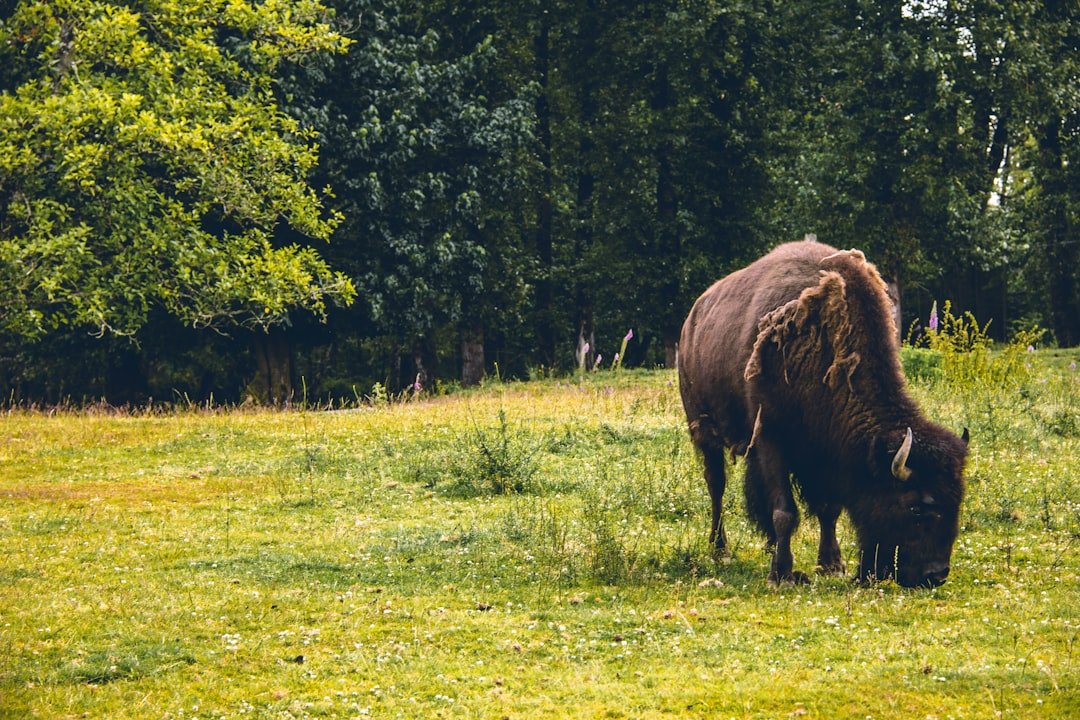
Ecologists often talk about heterogeneity as if it’s an abstract ideal; bison make it visible at ground level. Their selective grazing knocks back dominant grasses, opening space for wildflowers that would otherwise be shaded out. When more kinds of plants take hold, the food web breathes deeper – bees find staggered blooms, birds nest in varied structure, and small mammals exploit edges instead of uniform blankets of grass. Even in tough years, those mixed patches buffer the system, spreading risk across many species rather than gambling on one.
Compared with cattle, bison roam wider, graze differently, and linger longer on burned patches, which strengthens that patchwork effect. They also carry seeds in fur and mud, delivering miniature seedbanks to places a tractor would never reach. The upshot is a landscape whose productivity isn’t about sheer tonnage but about options – more niches, more timing, more ways to bounce back after drought. Diversity here isn’t decoration; it’s insurance.
The Fire–Grazer Tango
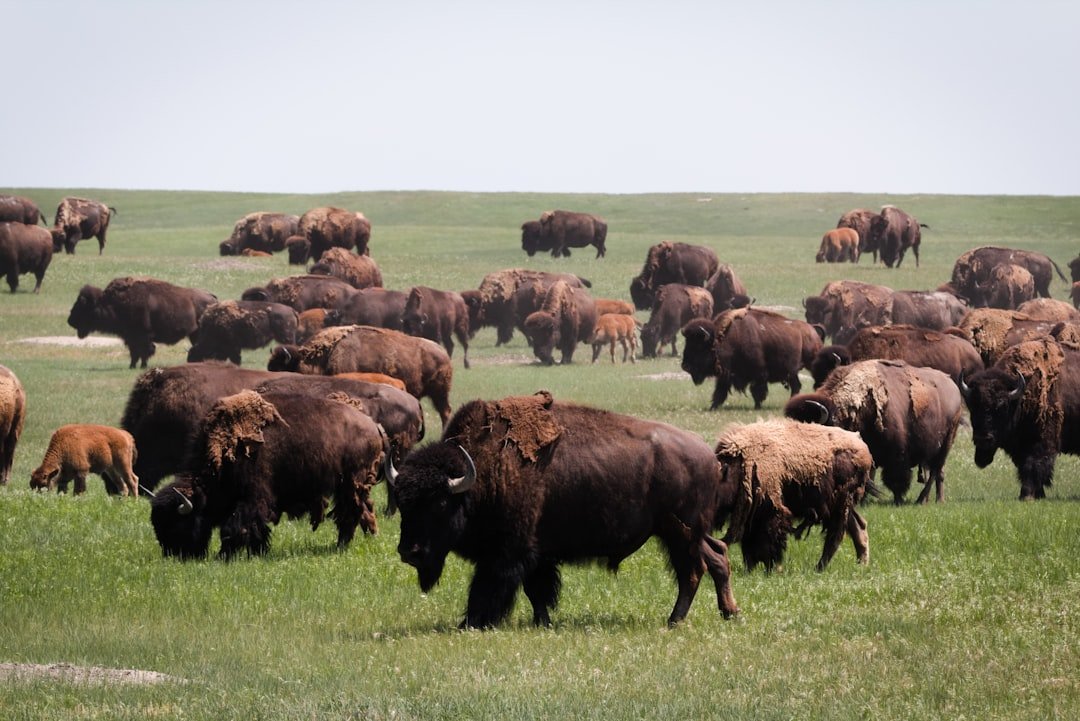
Prairie without fire is a library without light, and bison are the patrons who show up as soon as the doors open. After a controlled burn blackens a swath of grassland, the herd seeks it out, drawn to tender regrowth rich in nutrients. Their grazing slows woody encroachment and keeps fuels lower, reducing the chance that the next fire burns too hot or too big. Then the animals drift, the plants recover, and a new patch elsewhere enters the cycle.
This dance – burn, graze, rest – creates shifting mosaics that favor different species at different times. Butterflies flourish where flowers surge after a graze; ground-nesting birds pick spots where grass height suits their strategy; predators key in on the edges where prey commute between cover and lawn. Managers don’t choreograph every move; they set the stage and let fire and bison improvise, together keeping monotony at bay.
Why It Matters
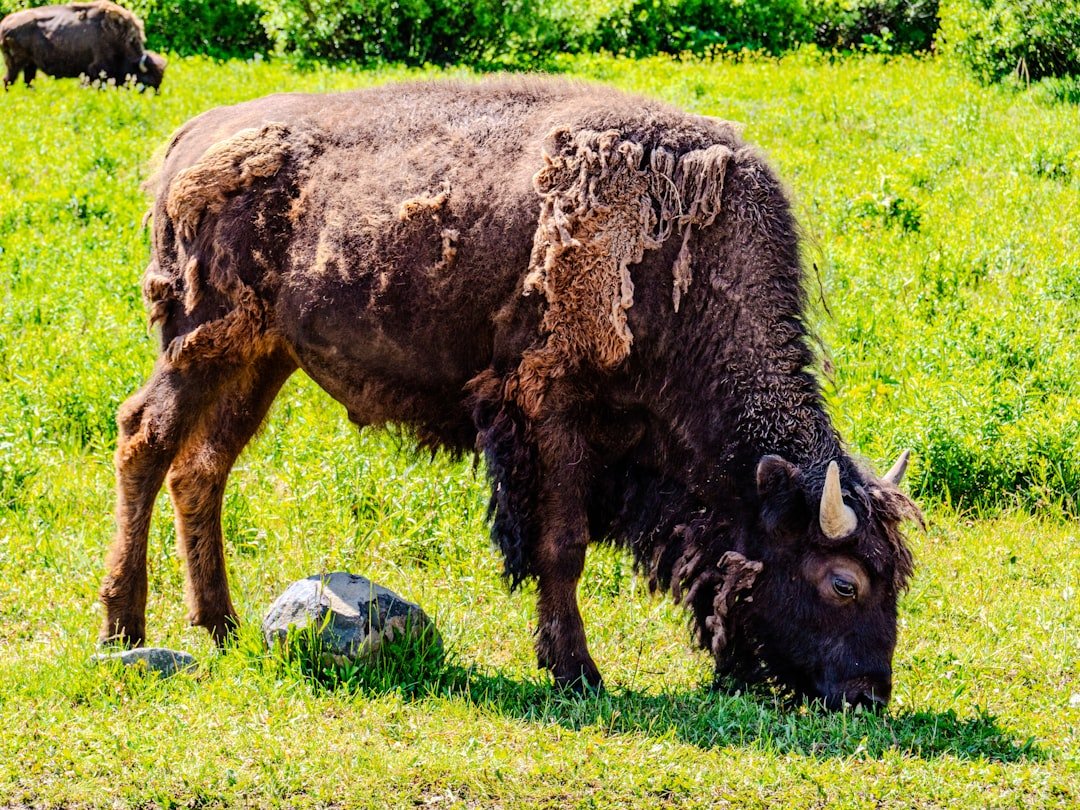
The Badlands aren’t just scenic – this is working climate infrastructure disguised as grass. Deep-rooted prairie plants store carbon underground, but they do it best when the sward isn’t locked into one texture. By mixing the deck, bison promote growth patterns that put more carbon belowground while reducing fuel loads that can send carbon skyward in extreme fires. They also help water soak in rather than sheet off, a quiet victory in a region that swings between downpour and dust.
Consider the broader ledger of benefits that compound as herds settle in: – More varied plant communities that stabilize soil during violent storms. – Habitat structure that supports pollinators, ground birds, and small predators in the same square mile. – Lower management costs in areas where animals, not machines, maintain open grassland. In a time when many ecosystems are simplified to the point of fragility, the bison’s gift is complexity that you can measure – and feel underfoot.
People in the Loop
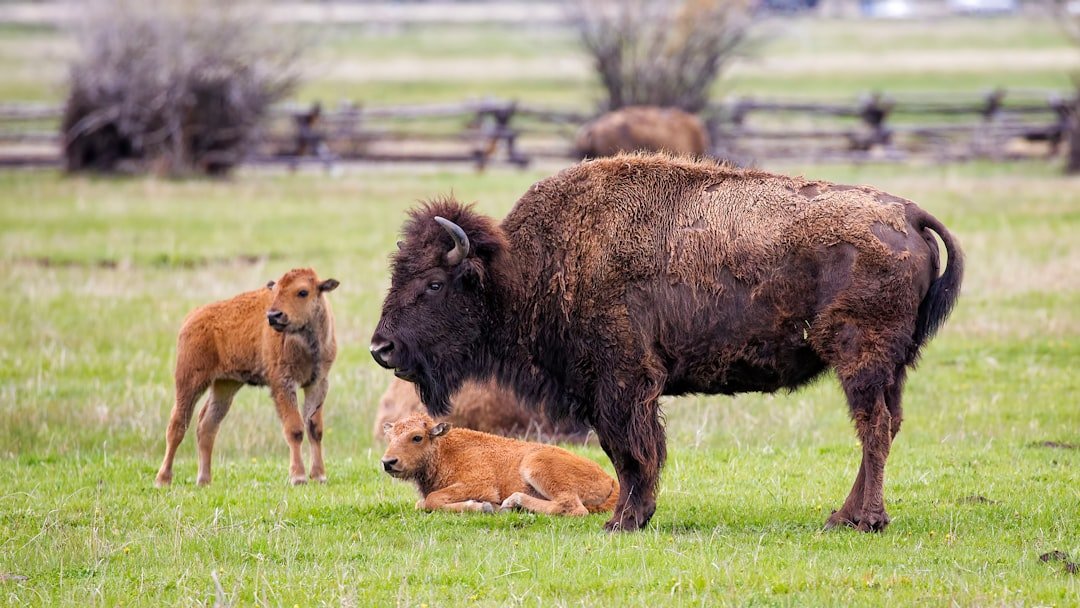
Rewilding is never just about animals; it’s about neighbors, roads, and the shared map of what a landscape is for. In and around the Badlands, that means careful coordination with tribal nations, local ranchers, and park visitors who may be meeting bison at trailheads for the first time. Managers use seasonal roundups, health screenings, and targeted translocations to keep herds healthy and to seed partner herds beyond the park boundary. Fences are rethought, gates are moved, and signs nudge drivers to slow down where wildlife crosses.
On my last visit, a family stood quietly as a small group ambled across the horizon, and the hush felt like a public service announcement you could hear. Education matters here: what distance is safe, why dogs should stay leashed, and how a selfie can go wrong faster than you can say hoof. The human side of this story is practical and respectful – learn the herd’s space, and the park pays you back with a living classroom.
Global Perspectives
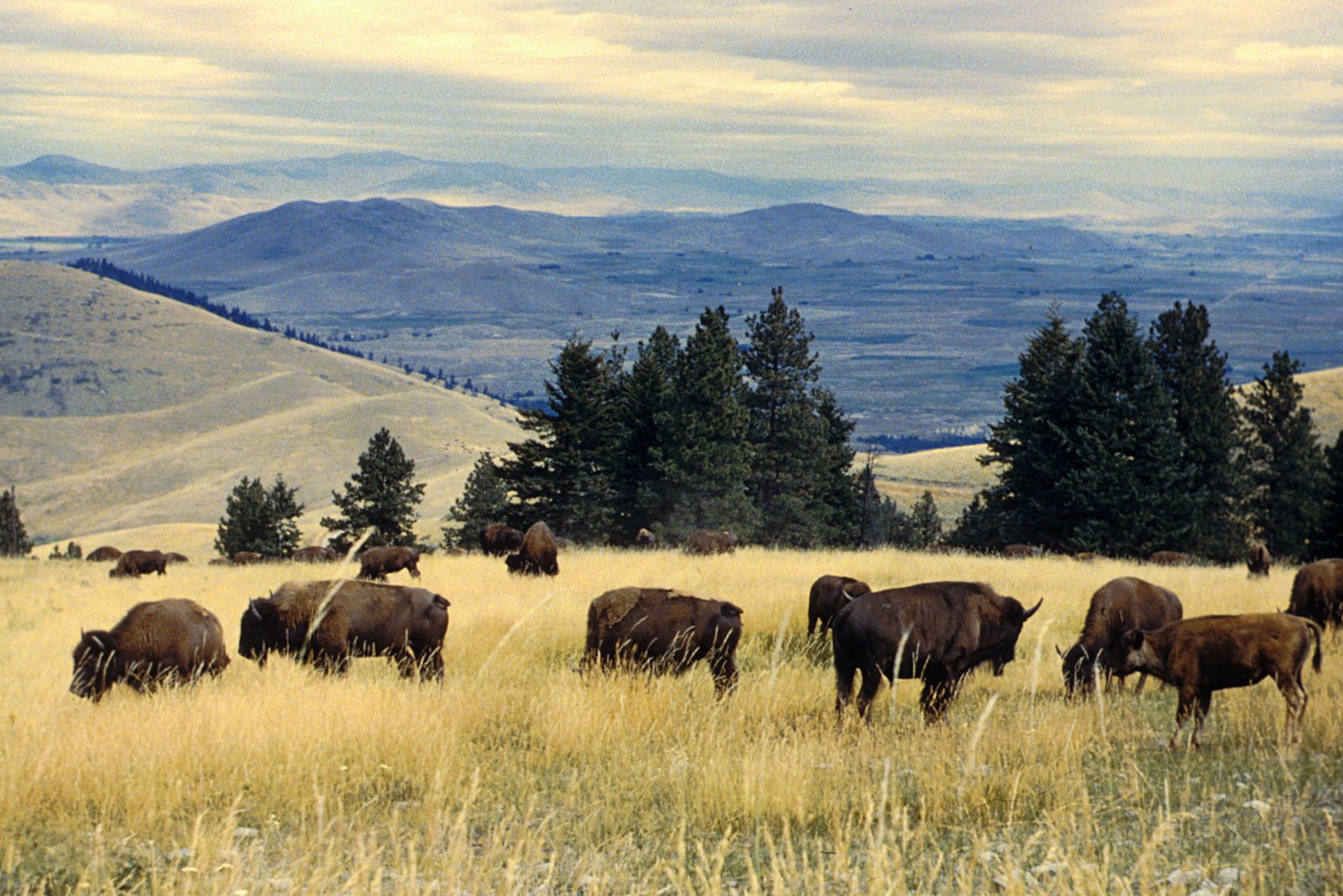
The Badlands herd is part of a larger revival that stretches across the Great Plains and resonates in other rewilding projects worldwide. Europe’s wisent, North America’s cousin to the bison, is reclaiming pockets of forest and meadow, testing similar questions about how big grazers reboot ecosystems. In both cases, managers juggle genetics, disease screening, and habitat connectivity, aiming to avoid bottlenecks while restoring behavior shaped by millennia. The shared lesson is that large herbivores are not interchangeable – they bring distinct gaits, diets, and disturbances that can’t be replicated by machines.
There’s also a cultural echo: communities rediscovering species that once organized economies, calendars, and stories. Where projects succeed, they braid ecological goals with local livelihoods, from regenerative grazing to eco-tourism that respects wildlife. The Badlands offer a clean look at how that braid can hold – science setting the parameters, tradition guiding the purpose, and the animals doing the work.
The Future Landscape
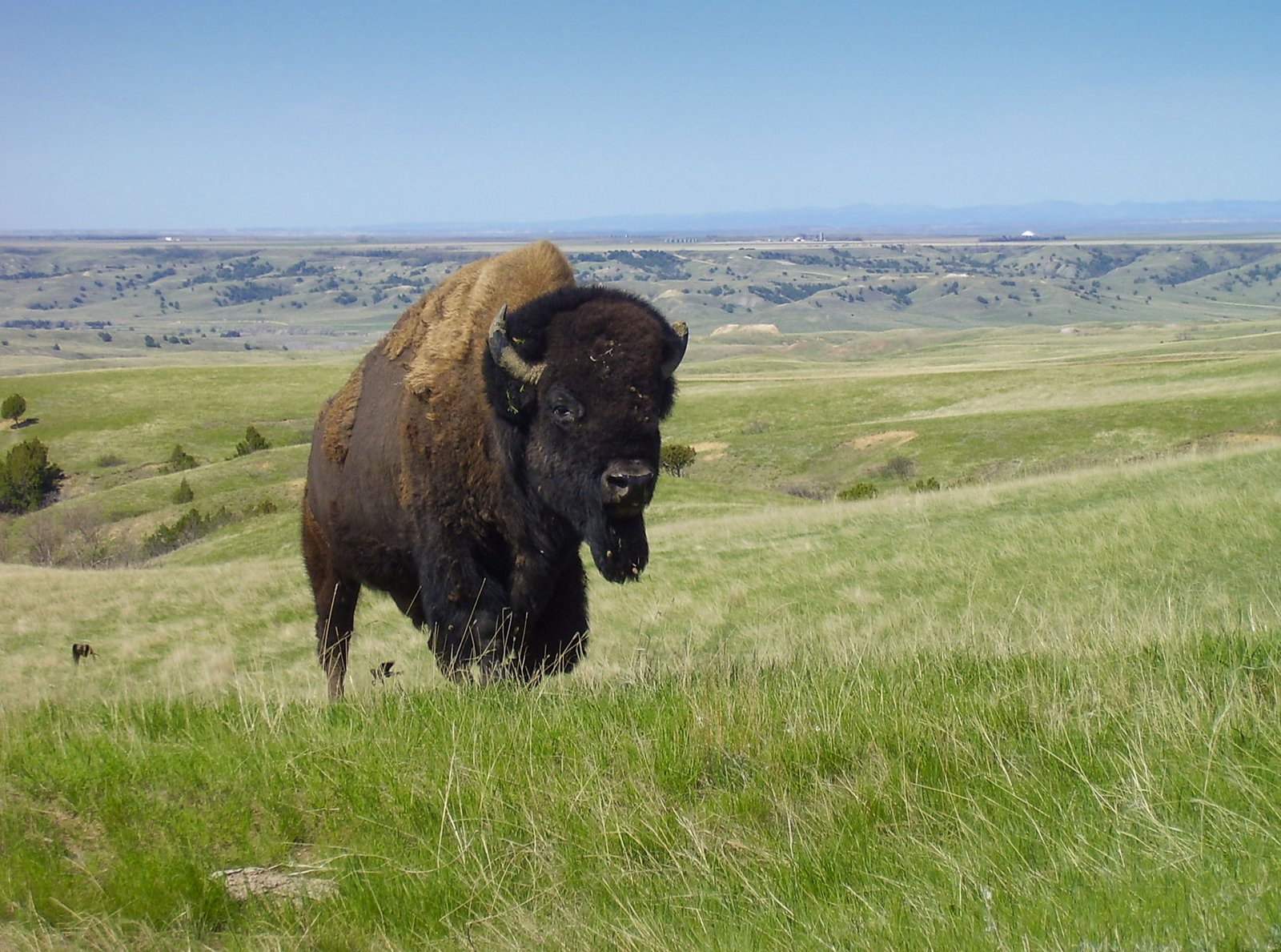
What comes next in the Badlands is less about a finish line and more about connectivity and precision. Expect more fine-grained monitoring with satellite tags that relay movement patterns in near real time, paired with vegetation models that predict where grazing will deliver the biggest ecological payoff. Managers will likely lean on adaptive plans – adjusting herd size, water access, and burn rotations as drought cycles shift. The aim is to keep the system nimble, not to lock it into a single “ideal” state.
Challenges are real: invasive plants test the resilience of grazed mosaics, roads fragment seasonal routes, and climate whiplash squeezes timelines for recovery. Yet the toolkit grows each year – better seed mixes for post-burn patches, smarter fence designs that guide movement without walling off the wild, and community agreements that move animals to new pastures when they’re needed most. If rewilding has a north star, it’s this: build conditions where the herd can self-organize and can surprise us again.
Conclusion
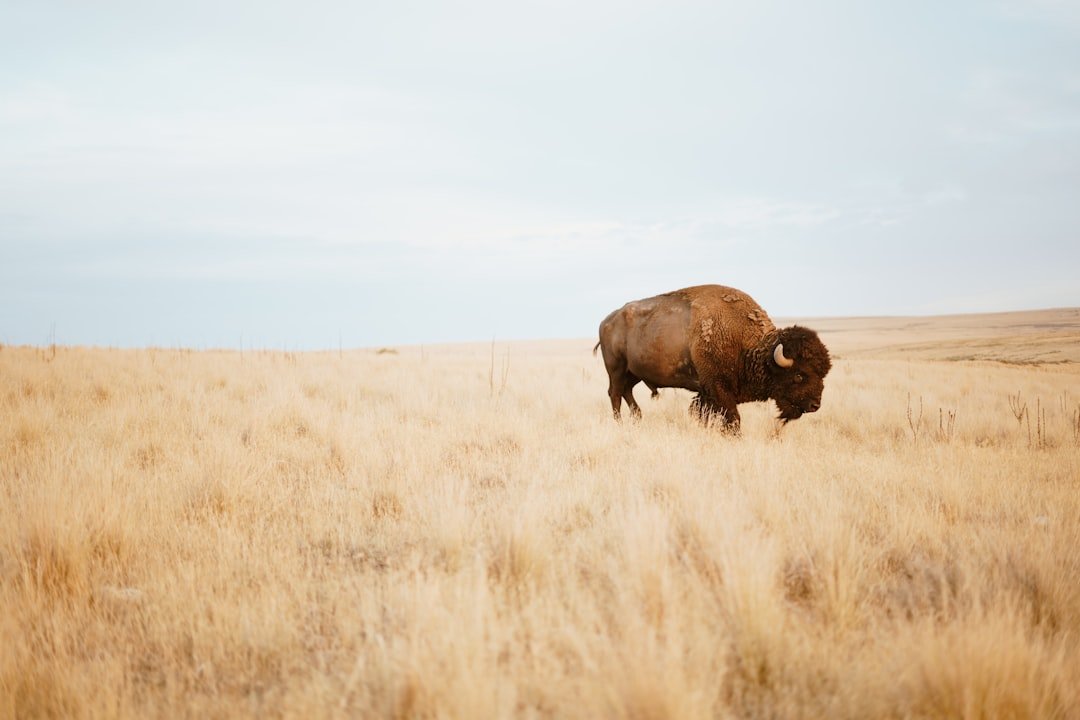
You don’t have to be a range ecologist to help this story along. If you visit, give bison the space they need and stay on marked routes so fragile soils and plants can do their quiet work. Support organizations that seed native prairies, back collaborative projects with tribal partners, and look for producers who manage grasslands with wildlife in mind. At home, plant native species in small plots; prairie starts in yards and roadsides as surely as it does on national parks.
Most importantly, stay curious about how landscapes change and who helps them change for the better. Ask local land trusts what they’re restoring, attend prescribed-burn demonstrations if they’re offered, and share what you learn with friends who think grasslands are empty. The more eyes on , the more likely we are to keep its engines running in plain sight.

Suhail Ahmed is a passionate digital professional and nature enthusiast with over 8 years of experience in content strategy, SEO, web development, and digital operations. Alongside his freelance journey, Suhail actively contributes to nature and wildlife platforms like Discover Wildlife, where he channels his curiosity for the planet into engaging, educational storytelling.
With a strong background in managing digital ecosystems — from ecommerce stores and WordPress websites to social media and automation — Suhail merges technical precision with creative insight. His content reflects a rare balance: SEO-friendly yet deeply human, data-informed yet emotionally resonant.
Driven by a love for discovery and storytelling, Suhail believes in using digital platforms to amplify causes that matter — especially those protecting Earth’s biodiversity and inspiring sustainable living. Whether he’s managing online projects or crafting wildlife content, his goal remains the same: to inform, inspire, and leave a positive digital footprint.

